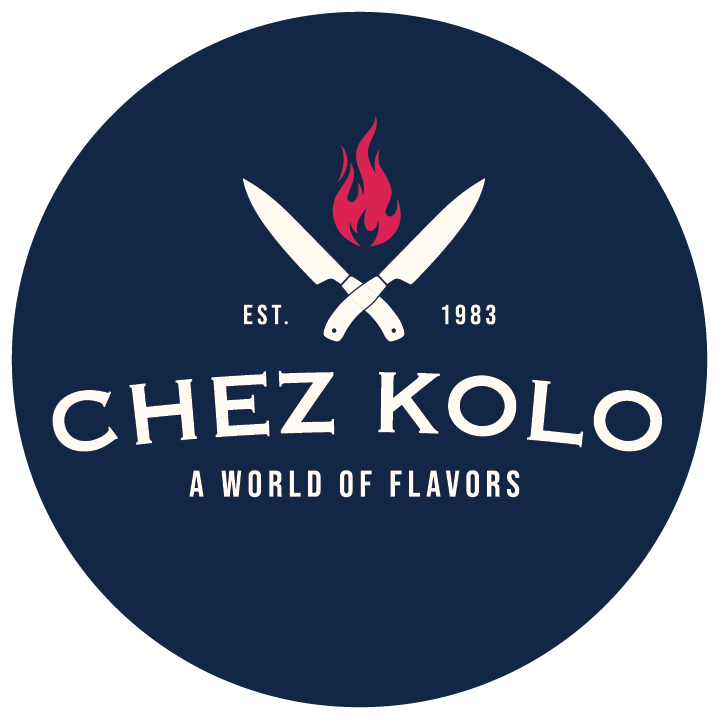Overview of early Haitian cuisine

The culinary blend of the African, French, Taino, and Spanish cultures helped to develop and establish the nature of Haitian cuisine along with the later influences from Levantines, due to Arab migration over the years. As for Spanish influence, it is well known that the style and technique of Haitian cooking are similar to those of Latin America, but with many technical variations. Haitian food independently maintains a unique flavor compared to its Latin Caribbean counterparts.
Haitian cuisine is largely based on the liberal use of epis—an assortment of herbs and spices. A typical epis consists of garlic, green onion, thyme, salt, and pepper, all crushed to form a paste-like mixture. It is generally used to season and prepare all types of meat, seafood, légume (a thick vegetable stew), bean purée (sauce pois, sòs pwa), rice (diri kole; diri djon-djon), and Haitian spaghetti among other dishes. Although the form of epis differs among cuisines, its use is an essential requirement in Haitian cuisine and Creole cuisine.
Since typical Haitian religions, like Christianity and Voodoo, are important aspects of the culture, several dishes are typically prepared for religious gatherings and celebrations. The same applies to cultural holidays such as Haiti’s Independence Day, where freedom from slavery is celebrated through pumpkin soup (soup joumou). Of all the mentioned dishes and many others, they are not complete until a lump sum of pikliz is accompanied beside each meal.
While the origin of pikliz historically remains unknown, this spicy meal garnishment represents the regional, ethnic, and national identity of Haitians living in Haiti and abroad. As the population of Haitians who reside outside the country continues to increase, they continue to represent and share their culture and cuisine with the world. In the USA, Canada, and France, where a majority of Haitians reside, the annual Haitian Food Festival is considered an important event for Haitians to share and celebrate the richness of their cuisine.
